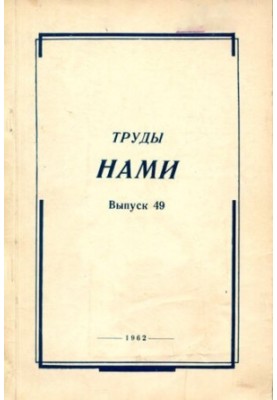Works by US. Collection of articles
 Instant download
Instant download
after payment (24/7)
 Wide range of formats
Wide range of formats
(for all gadgets)
 Full book
Full book
(including for Apple and Android)
In the first article, the bands of calcinability of the most common steels in the automotive industry are 45, 40X, 40HNMA, 18HGT and 12. H2N4A. The strips of calcination are processed and presented in the form of graphs showing the distribution of hardness along the cross-section of cylindrical samples of different diameters after hardening them in water and oil. The distribution of hardness along the section of cylindrical samples for improved steels of grades 45, 40X and 40HNMA after release at temperatures of 400, 500 and 600 C, depending on the properties of hardness of steel . is also given. In the work on the study of the calcinability of steels of these brands, inge. took part N. N. Kokina . The second article describes the installation and methods for determining the internal energy dissipation of plastics used to investigate the damping properties of 16 structural materials. It is shown that the internal energy dissipation of most of the plastics studied increases with an increase in the deformation amplitude approximately according to the linear law, and with an increase in the frequency of testing, the internal energy dissipation of plastics either does not change or decreases. To describe the experimental results, empirical formulas. are selected. The influence of training and rest after it on the damping properties of cold-hardened fiberglass. The third article describes the installation for the study of the dynamic modulus of elasticity of structural plastics in the frequency range of greatest interest to machine builders. The results of the study of the modules of elasticity of textolite, plexiglass and 12 fiberglass cold-hardening, prepared with different resins and with different fillers. Shown, that as the test frequency increases, the dynamic modulus of most of the plastics studied increases, reaching its maximum value at about 1000 Hz, wherein the difference between the static and dynamic moduli of elasticity at this frequency for individual materials is 33-60%. To describe the experimental results, empirical dependencies have been selected to facilitate the use of the obtained results in dynamic calculations.
LF/968958011/R
Data sheet
- Name of the Author
- Collective of authors
- Language
- Russian
- Series
- Труды НАМИ
- Release date
- 1962
- Volume
- 49
























